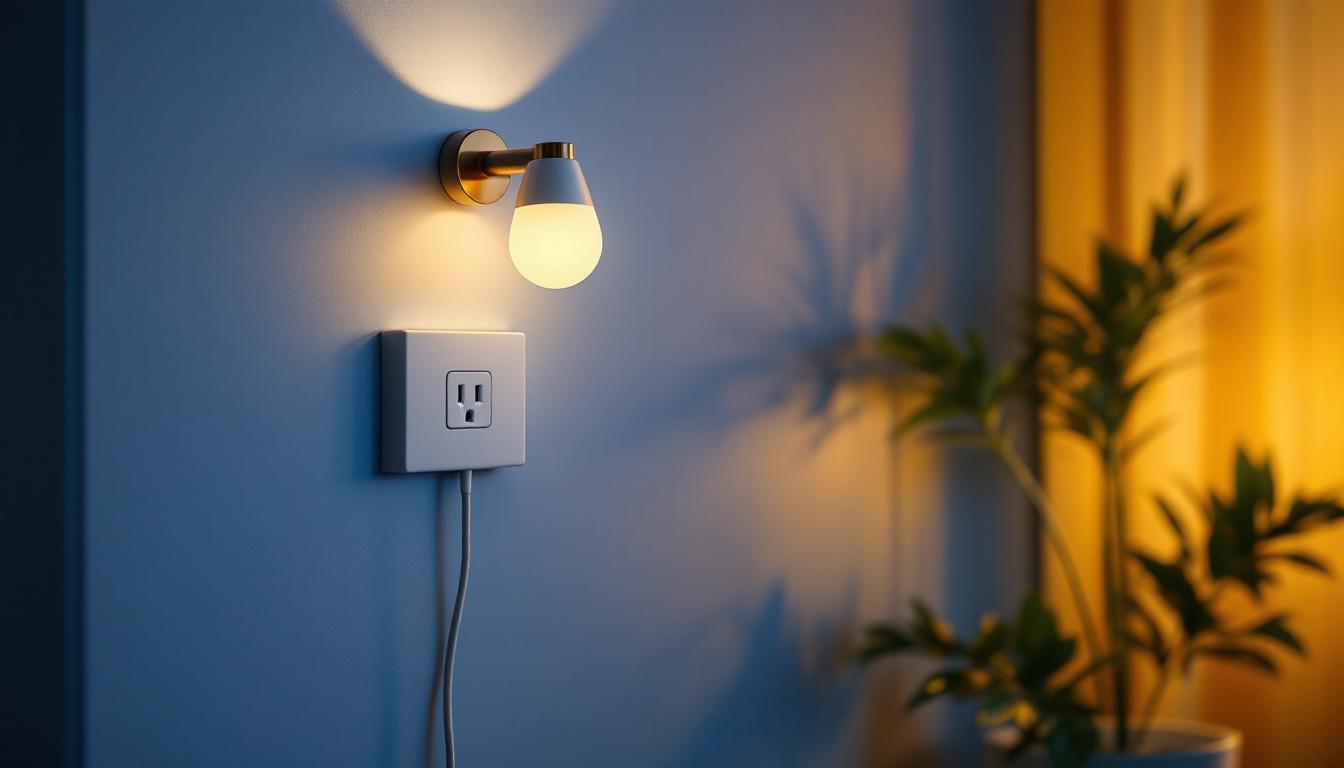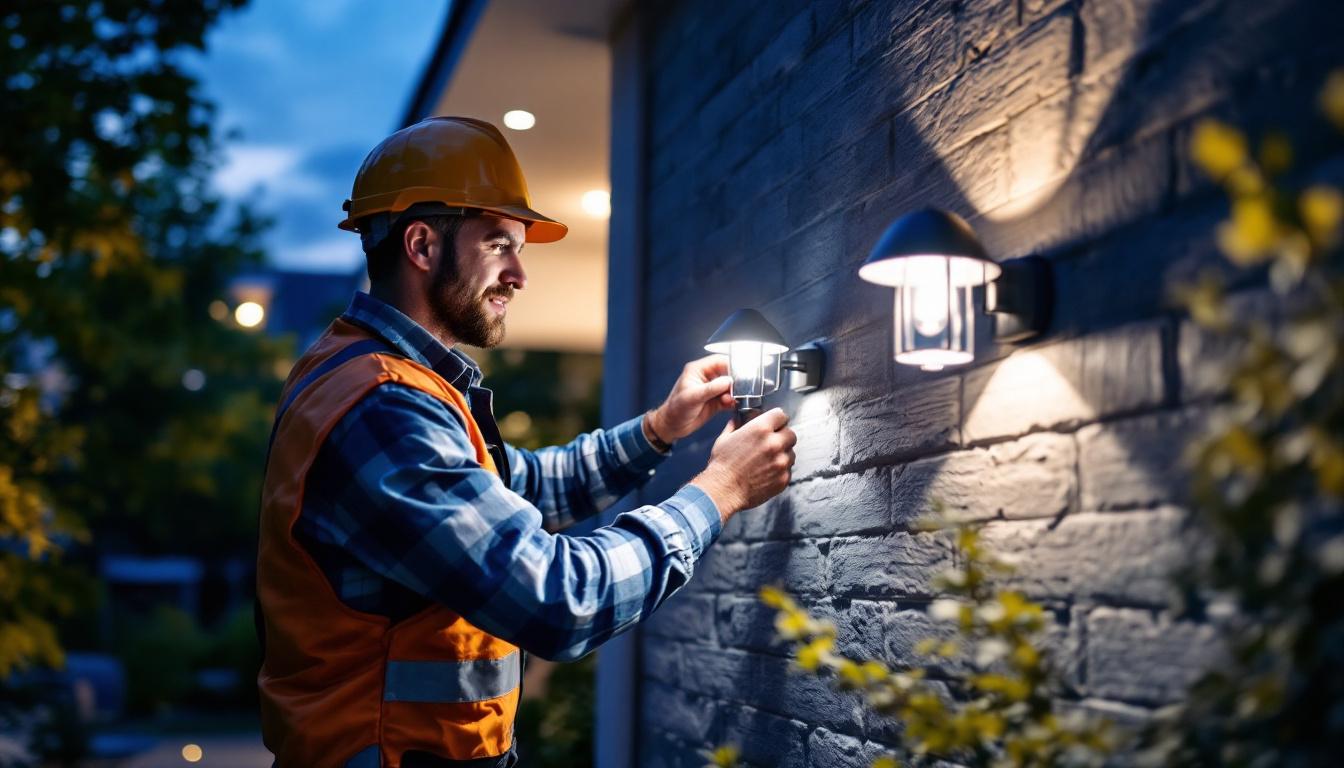
Understanding the various types of light bulb sockets is essential for lighting contractors. This knowledge not only aids in selecting the right fixtures but also ensures safety and efficiency in lighting installations. This comprehensive guide will delve into the most common socket types, their applications, and key considerations for each.
Light bulb sockets serve as the interface between the bulb and the electrical supply. They are designed to hold the bulb securely while providing electrical connectivity. The choice of socket can significantly impact both the functionality and aesthetics of a lighting project.
Each socket type is tailored for specific bulb designs and applications, making it crucial for contractors to be familiar with the options available. This guide will explore the most prevalent socket types, including their characteristics and typical uses.
One of the primary considerations when selecting a light bulb socket is compatibility. Using the correct socket ensures that the bulb fits securely and operates safely. Mismatched sockets and bulbs can lead to overheating, flickering, or even electrical failures.
Moreover, understanding the compatibility between different socket types and their respective bulbs can help contractors avoid costly mistakes and enhance overall project efficiency. For instance, the common E26 socket, often used for standard household bulbs, is designed for a specific diameter and threading, which is not interchangeable with the smaller E12 candelabra sockets. This distinction is vital for ensuring that the intended lighting effect is achieved. Additionally, some sockets are designed to accommodate energy-efficient LED bulbs, while others may not provide the necessary support for their heat dissipation, leading to potential damage over time.
Furthermore, the material and design of the socket can also influence performance. For example, ceramic sockets are known for their heat resistance and durability, making them ideal for high-wattage bulbs, while plastic sockets may be more suitable for low-wattage applications. Understanding these nuances allows contractors to make informed decisions that align with both safety standards and design intentions, ultimately leading to more successful lighting installations.
There are several common light bulb socket types that contractors should be familiar with. Each type has its unique characteristics, applications, and limitations. Below are some of the most widely used socket types in the industry.
The Edison screw socket, often referred to as E-socket, is one of the most popular types used globally. It features a threaded base that screws into the socket, providing a secure connection. The most common sizes include E26 and E27, which are used primarily in residential and commercial lighting applications.
These sockets are versatile, accommodating a wide range of bulb types, including incandescent, LED, and compact fluorescent bulbs. Their ease of installation and availability make them a go-to choice for many lighting projects. Moreover, the E-socket design allows for a variety of decorative bulb shapes and styles, enabling homeowners and designers to create unique lighting effects that enhance the ambiance of any space. As energy-efficient lighting continues to gain popularity, the compatibility of E-sockets with LED bulbs has further solidified their status as a staple in modern lighting solutions.
Bayonet sockets are another prevalent option, characterized by their push-and-twist mechanism. This design ensures a secure fit and is commonly found in automotive and decorative lighting applications. The most common sizes include B22 and B15.
Bayonet sockets are often favored for their durability and ease of use. However, they may not be as widely compatible with various bulb types compared to Edison screw sockets, making it essential for contractors to consider the specific application when choosing this socket type. In addition to their practical advantages, bayonet sockets are also popular in vintage and retro lighting designs, where they can add a touch of nostalgia to modern interiors. Their robust construction makes them suitable for environments where vibration or movement might be a concern, such as in vehicles or outdoor fixtures.
GU sockets, such as GU10 and GU5.3, are primarily used for halogen and LED bulbs. These sockets feature two pins that are inserted into the socket and twisted to secure the bulb in place. GU sockets are often found in track lighting and recessed fixtures, making them ideal for accent and task lighting.
These sockets offer a sleek design and are typically used in modern lighting applications. However, they require careful consideration regarding bulb compatibility, as not all GU bulbs are interchangeable. The GU socket’s design not only contributes to its aesthetic appeal but also allows for precise directional lighting, which is particularly beneficial in spaces that require focused illumination, such as galleries or workspaces. Additionally, the growing trend of smart lighting solutions has led to the development of GU-compatible smart bulbs, offering users the ability to control their lighting remotely, further enhancing the functionality of this socket type in contemporary settings.
In addition to the common socket types, there are several specialty sockets designed for specific applications. Understanding these can help contractors expand their service offerings and cater to diverse client needs.
R7s sockets are commonly used for linear halogen bulbs, often found in floodlights and outdoor lighting fixtures. These sockets feature two pins on either end, allowing for easy installation and replacement of bulbs.
R7s sockets are ideal for high-intensity lighting applications, providing a bright and focused beam. However, contractors should be aware of the specific wattage and length requirements of R7s bulbs to ensure compatibility and optimal performance. Additionally, R7s sockets are often utilized in commercial settings, such as warehouses and retail spaces, where powerful lighting is essential for visibility and safety. The versatility of R7s sockets also allows them to be used in various fixtures, from sleek modern designs to more traditional styles, making them a popular choice among designers and architects alike.
G4 and G5.3 sockets are typically used for low-voltage applications, such as landscape lighting and decorative fixtures. These sockets feature two pins and are designed for small halogen and LED bulbs.
These sockets are particularly popular in applications where space is limited, providing a compact solution for various lighting needs. However, contractors should ensure that the power supply is compatible with the low-voltage requirements of G4 and G5.3 bulbs. Furthermore, the use of G4 and G5.3 sockets is not just limited to outdoor settings; they are also commonly employed in interior design, especially in recessed lighting and accent lighting, where subtle illumination is desired. The ability to use energy-efficient LED options with these sockets further enhances their appeal, as they contribute to lower energy costs while providing the same level of brightness as traditional bulbs.
When selecting the appropriate socket type for a project, several factors come into play. Understanding these considerations can help contractors make informed decisions that enhance the overall quality and safety of their lighting installations.
Each socket type has specific voltage and wattage ratings that must be adhered to for safe operation. Exceeding these ratings can lead to overheating, reduced lifespan of the bulb, or even fire hazards. It is essential for contractors to verify the ratings of both the socket and the bulb before proceeding with installation.
Additionally, understanding the electrical requirements of the entire lighting system can help ensure compatibility and efficiency. This includes considering the power supply, circuit load, and any dimming systems that may be in place.
The installation environment can significantly impact the choice of socket type. For instance, outdoor installations may require weather-resistant sockets to withstand moisture and temperature fluctuations. Similarly, high-heat environments may necessitate sockets designed to handle elevated temperatures.
Contractors should assess the specific conditions of each installation site, including exposure to elements, physical space constraints, and aesthetic considerations, to select the most suitable socket type.
The lighting industry is continually evolving, and advancements in socket technology are no exception. Staying informed about emerging trends can help contractors remain competitive and offer cutting-edge solutions to their clients.
Smart lighting technology is gaining traction, with smart sockets allowing for enhanced control and automation of lighting systems. These sockets can be integrated with smart home systems, enabling users to control lighting via mobile apps or voice commands.
Contractors should familiarize themselves with the various smart socket options available, as well as the installation requirements and compatibility with existing lighting systems. This knowledge can position contractors as forward-thinking professionals in the industry.
As sustainability becomes increasingly important, energy-efficient lighting solutions are gaining popularity. This trend includes the use of LED bulbs and sockets designed to maximize energy savings.
Contractors should be proactive in recommending energy-efficient options to clients, as these solutions not only reduce energy costs but also contribute to environmental conservation. Understanding the benefits and applications of energy-efficient sockets can enhance a contractor’s value proposition.
In conclusion, understanding light bulb socket types is crucial for lighting contractors aiming to deliver high-quality installations. Familiarity with common and specialty socket types, as well as considerations for selection, can significantly impact project success.
As the industry continues to evolve, staying informed about emerging trends and technologies will enable contractors to provide innovative solutions that meet the diverse needs of their clients. By prioritizing safety, efficiency, and adaptability, lighting contractors can position themselves as leaders in the field.
Ready to elevate your lighting projects with the best in class sockets and bulbs? Look no further than LumenWholesale for all your lighting needs. Our extensive selection of spec-grade lighting products ensures you have access to the highest quality options for any installation. With unbeatable wholesale prices and the convenience of free shipping on bulk orders, you can trust LumenWholesale to provide superior value without the middleman markups. Don’t compromise on quality or cost—visit Wholesale Lighting at the Best Value today and experience the difference that true wholesale pricing and premium products can make.

Discover the essential considerations for lighting contractors when installing wall sconces with outlets.

Discover the key challenges lighting contractors face when installing external house lights, from design complexities to weather-related issues.

Discover how temporary lighting solutions can transform your projects, offering flexibility and efficiency.

Illuminate your knowledge with our in-depth exploration of solar LED post lights.